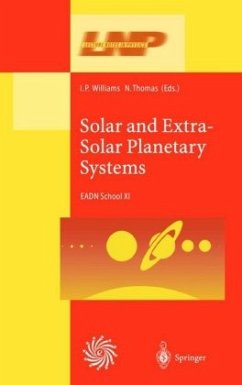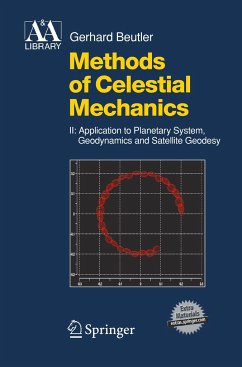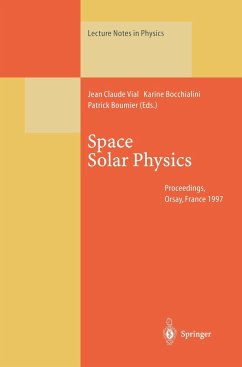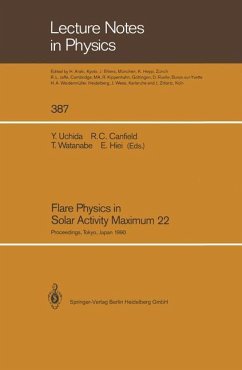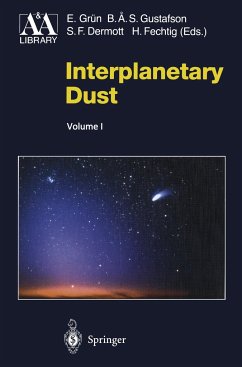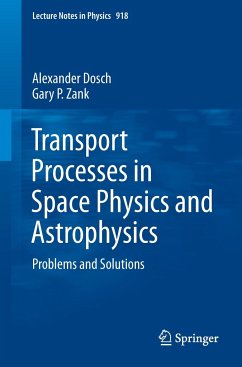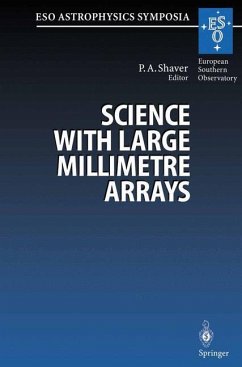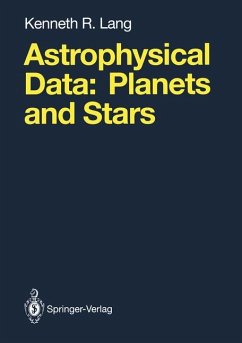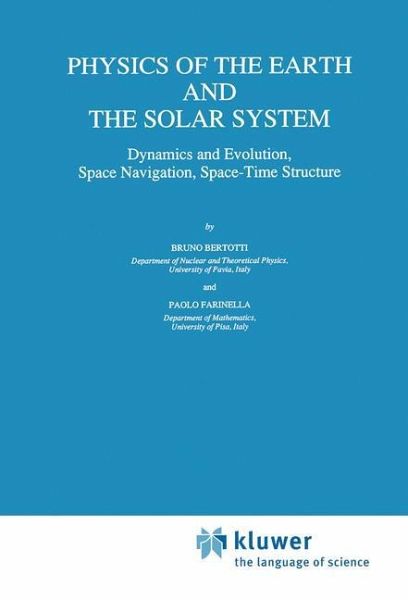
Physics of the Earth and the Solar System
Dynamics and Evolution, Space Navigation, Space-Time Structure
Versandkostenfrei!
Versandfertig in 1-2 Wochen
153,99 €
inkl. MwSt.
Weitere Ausgaben:

PAYBACK Punkte
77 °P sammeln!
From the reviews:
".....The book is a very good balance between theory and applications, of analysis and synthesis, keeping always the focus on the comprehension of the physics ruling our planetary system.
In summary, this represents both an excellent textbook for students and a fundamental reference, and encyclopedic summary current knowledge, for researchers in the Solar System field." (Alessandro Rossi, Celestial Mechanics and Dynamical Astronomy, 2005)
".....The book is a very good balance between theory and applications, of analysis and synthesis, keeping always the focus on the comprehension of the physics ruling our planetary system.
In summary, this represents both an excellent textbook for students and a fundamental reference, and encyclopedic summary current knowledge, for researchers in the Solar System field." (Alessandro Rossi, Celestial Mechanics and Dynamical Astronomy, 2005)





